
For years, gamers have dreamed of having a quality handheld system that can not only handle more intensive titles but do so while providing smooth performance and high resolution. While the Steam Deck has somewhat fulfilled this dream, Valve's device is also somewhat limited. But now, the Asus ROG Ally seeks to give us an improved handheld PC gaming experience like nothing before it.
This is a Windows gaming handheld that, unlike the Steam Deck, will be able to play a broader range of games out of the box since it isn't tied to any specific gaming service. But will it actually deliver the handheld gaming experience that we so crave? Here's a look into everything you need to know about the Asus ROG Ally to help you determine if it's right for you.
It isn't easy to talk about the ROG Ally without discussing the Steam Deck, so I'll explain how the two handhelds compare and contrast as well.
What is the ROG Ally?
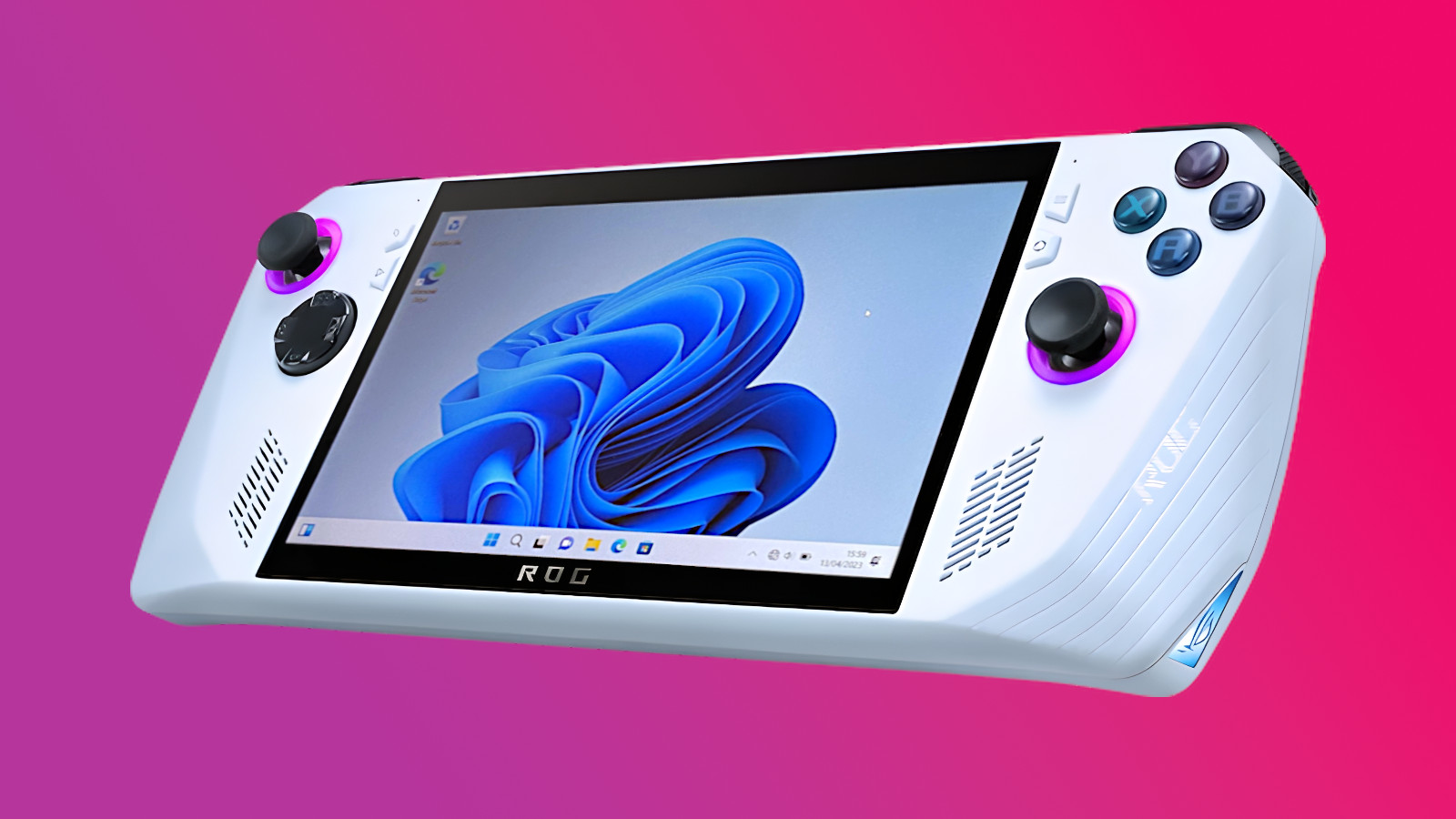
The ROG Ally is a handheld gaming device that Asus has specifically declared as a direct competitor to the Steam Deck, Valve's handheld gaming device, which plays compatible games from the Steam library. Though the ROG Ally was initially seen as an April Fools Day joke, this handheld is indeed a real product and one that Asus hopes will "redefine handheld gaming."
At a quick glance, it appears that the ROG Ally is a handheld competitor to be reckoned with. Even though the Steam Deck has been successful, it is rather limited out of the box since it uses a custom SteamDeckOS operating system and is specifically designed to access Steam games. This has led several people to hack the device in order to make it work with other services. Meanwhile, the Asus ROG Ally could have an edge over Steam Deck since it uses Windows 11; this will make it capable of accessing more gaming services right out of the box.
ROG Ally: Tech Specs
Price: $699 (allegedly)
Chipset: Custom AMD Zen 4 APU
Storage: 512GB (allegedly)
OS: Windows 11
Display: 7-inch 1080p LCD touchscreen 120Hz
Ports: 1x USB-C port, 1x PCIe port, 1x headphone jack
Dimensions: 11.0 x 4.4 x 0.5 inches
Weight: 1.3 lbs
Battery Life: 8 hours (Asus estimates)
As a quick comparison of Steam Deck and Ally specs tables shows, the Ally will support a higher resolution at 1080p compared to Steam Deck's 800p, a higher refresh rate of 120Hz compared to Steam Deck's 60Hz, and offers a built-in PCle port (which Valve's handheld doesn't have) to help connect it to other devices. It's also worth noting that the Ally features all of this while still managing to weigh slightly less than the Steam Deck (as verified by attendees during the last hands-on event).
One of the things that makes the ROG Ally so appealing is that it actually uses Windows 11 as its operating system. This means that it will be able to run the best PC games from various services (yes, even Steam games that aren't compatible with Steam Deck) and won't be as limited as Steam Deck's SteamOS 3.0. This alone makes it a better option for anyone who has games on more than just Steam.
The amount of storage the ROG Ally provides hasn't been revealed officially. However, there are rumors and leaks stating that it is 512GB. If this is true, then this means that it is the same as Steam Deck's premium version and should be able to handle several games. Space can also be expanded using the built-in MicroSD card slot.
The ROG Ally uses a custom AMD Zen 4 RDNA3 4nm APU, basically a processor with an integrated graphics card that was designed specifically for this handheld. It looks like it will be a powerful enough mobile processor, but we cannot wait to run tests on it to really see what it's capable of.
ROG Ally: Compare to the Steam Deck
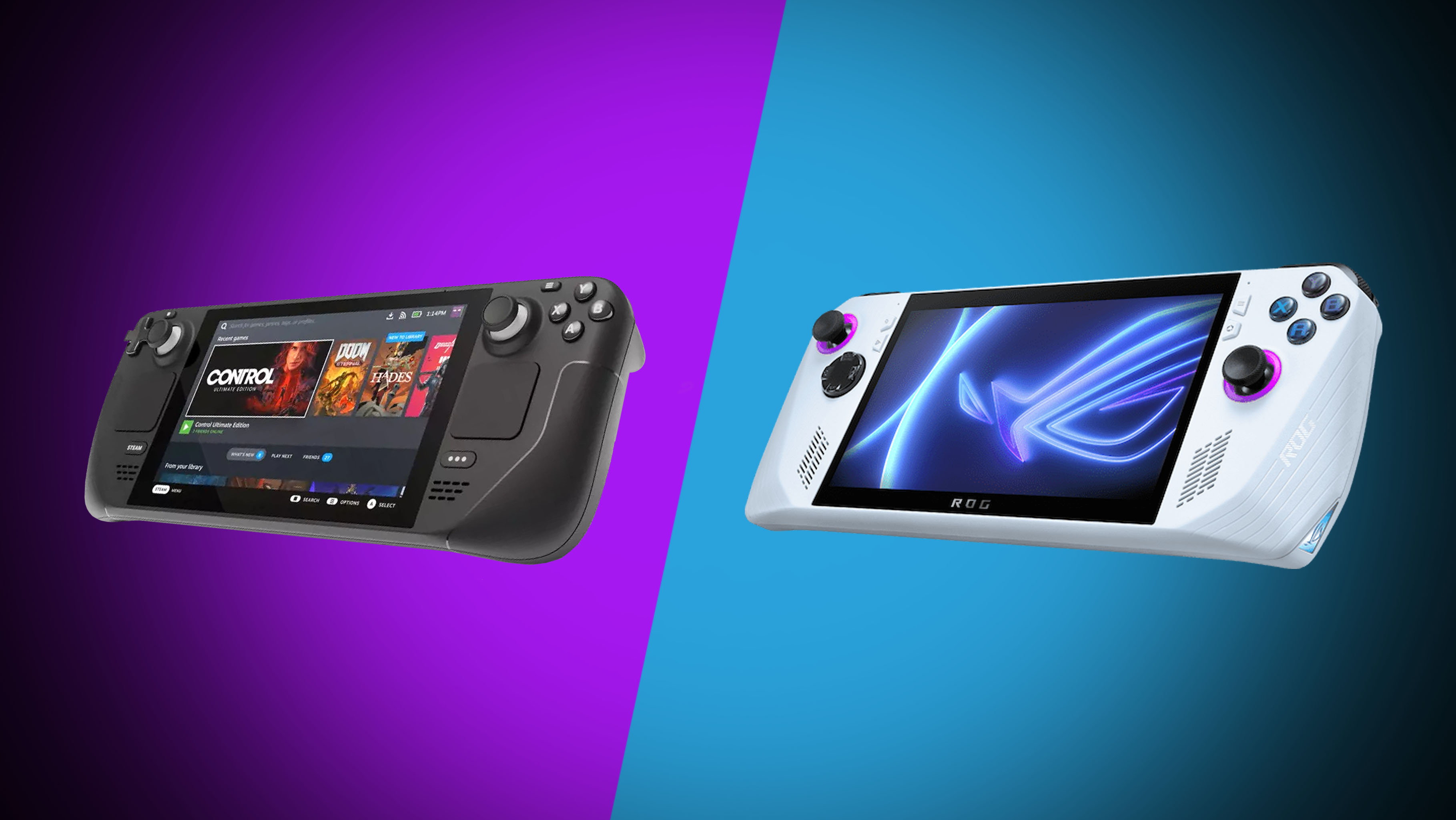
I've been comparing the Steam Deck and the ROG Ally throughout this page, but now it's time to discuss things that haven't been mentioned yet. I briefly mentioned this previously, but the ROG Ally can be a better Steam Deck than the Steam Deck itself. That's because it should be able to run more games on Stream, not just ones that are "Steam Deck compatible."
As far as pricing goes, a leak claims that the Ally handheld will sell for $700, but this has yet to be confirmed. Meanwhile, the Steam Deck comes in three different versions, each with different amounts of storage; these are priced at $399, $529, and $649, respectively. In this way, the Steam Deck is more accommodating since it can appeal to people of different budgets.
It seems that Asus intends for the ROG Ally to be better than the Steam Deck when it comes to performance. Where the Steam Deck features a 16:10 7-inch touchscreen IPS LCD panel that supports up to 800p and 60Hz, the ROG Ally 7-inch LCD touchscreen will be 16:9 and support up to 1080p and 120Hz. This higher resolution and refresh rate are both more conducive to intensive gaming, as is the more standard display ratio.
The ROG Ally is just slightly smaller in both length and height than the Steam Deck and noticeably slimmer at just half an inch deep compared to the Steam Deck's 1.9 inches. Depending on the grip design, this might make the ROG Ally more comfortable to hold for long stretches.
Further specs have not been revealed as of yet. Asus will likely provide further information during the ROG Ally Launch Event on May 11, 2023. This event takes place at 8:00 am ET / 3:00 pm UTC.
ROG Ally: Battery Life

Asus has estimated that the ROG Ally will be able to last for up to eight hours. However, it's likely that the handheld will run out of juice much sooner than this during an average session.
As a reference, Valve also claimed that the Steam Deck could last for two to eight hours, but it's been known to poop out in under two hours depending on the display brightness level and other spec settings. We'll need to perform battery tests before we really know what the ROG Ally's power capabilities are.
ROG Ally: AMD Zen 4 RDNA3 4nm APU
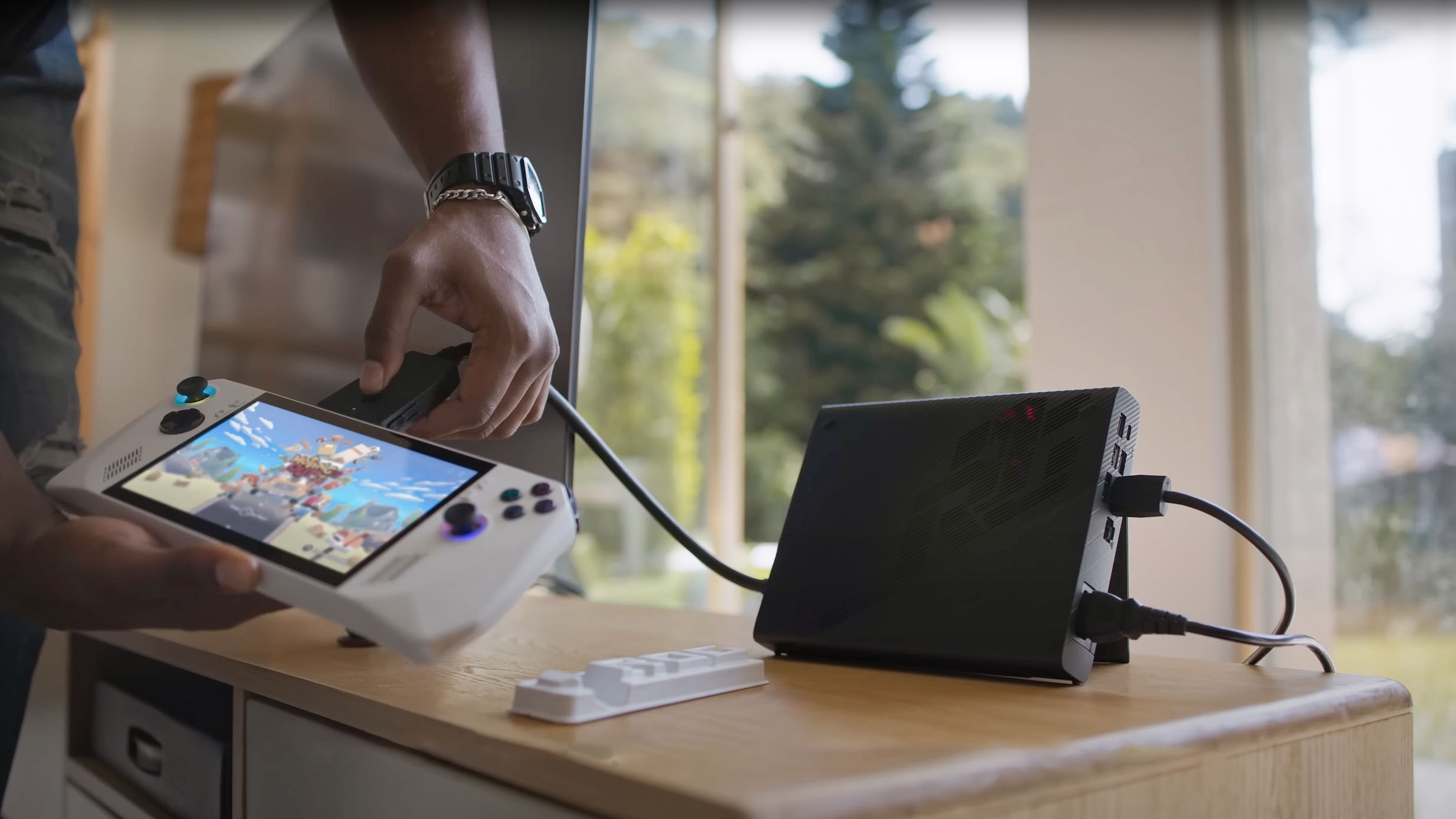
What really makes the ROG Ally a powerful gaming device is its ability to connect to the ROG XG Mobile dock. This is an external eGPU that has the potential to significantly boost the ROG Ally's performance while providing even more port connections for the handheld. This way, players can play their games on whatever TV or monitor they want to use.
The huge downside to all of this is that the XG Mobile dock is extremely expensive, more so than the ROG Ally is likely to be. Still, the ROG Ally's ability to connect to a dock means that third-party options will likely pop up online and be available at much lower prices.
ROG Ally: Accessories

It's unclear as of yet what all of the compatible ROG Ally peripherals will be. However, in an official trailer for the ROG Ally, two players are shown using wireless controllers while playing the handheld. It's very likely that this gaming device will work with several different accessories, including headphones, protective carrying cases, and screen protectors. I fully expect there to be lower-cost third-party options to choose from as well. I'll update you if any other official accessories are announced.
ROG Ally: Price
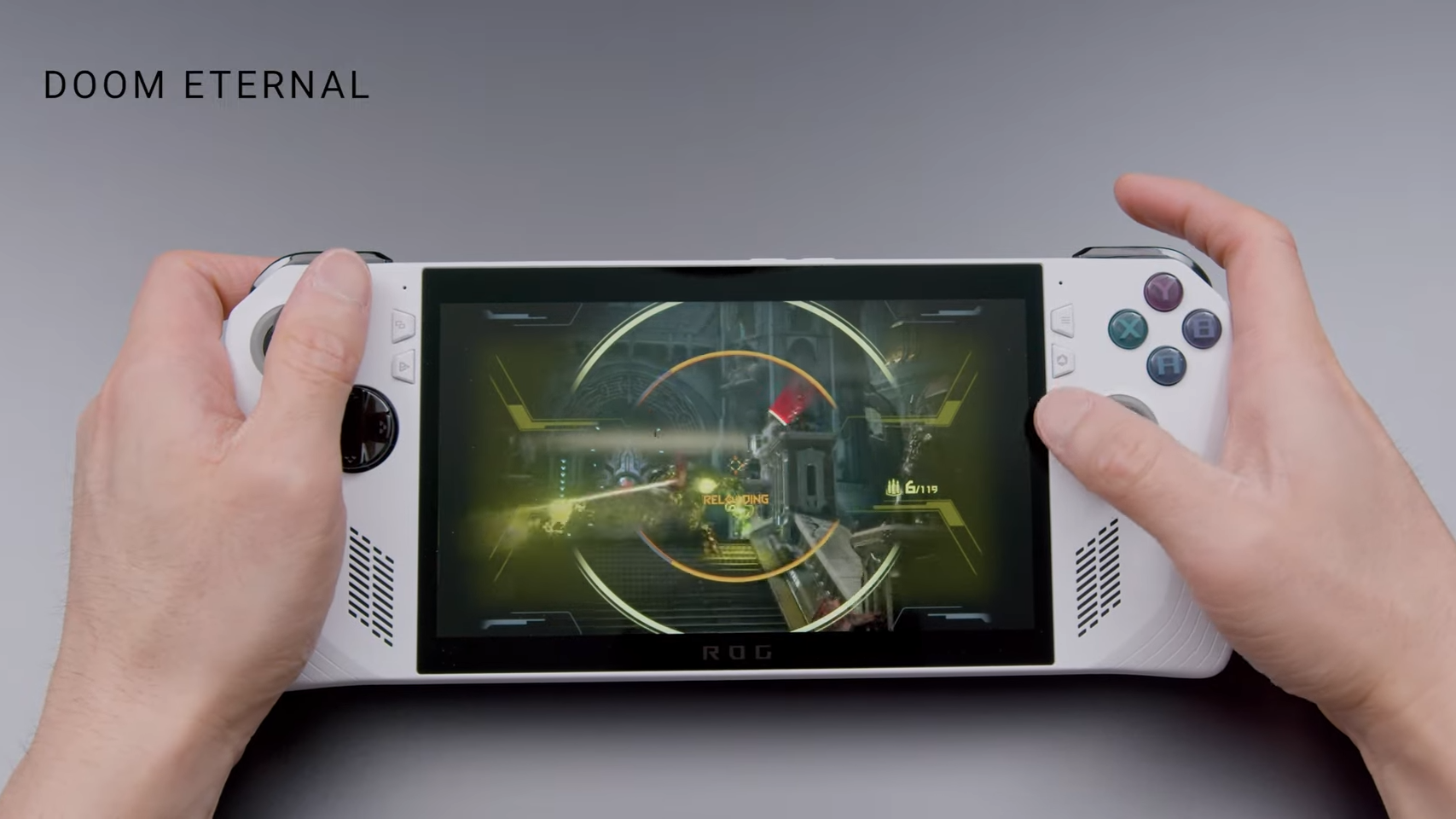
Asus hasn't officially released pricing for its upcoming handheld, but if a ROG Ally price leak is accurate, it will cost $700, making it just $50 more than the beefiest Steam Deck option. This pricing could make sense based on the kinds of components and abilities the Ally will have; however, it's also possible that it could cost a few hundred more than that. The one thing we know for sure is that it will be below $1,000.
ROG Ally: Release Date

The Asus ROG Ally will launch worldwide on May 11 and will soon be able to preorder at Best Buy in the US. It's unclear at this moment if the console will be available to purchase elsewhere, but we'll update when we learn more.
ROG Ally: What does "ROG" mean?
"ROG" is short for "Republic of Gamers" and is the name of a tech subbrand known for making gaming laptops, computer towers, GPUs, monitors, as well as other hardware and accessories. Asus has been using ROG brand products since 2006, and many of its best gaming products are related to this brand, so it's no surprise that the Ally handheld is an Asus ROG device.
ROG Ally: Will it actually be good?
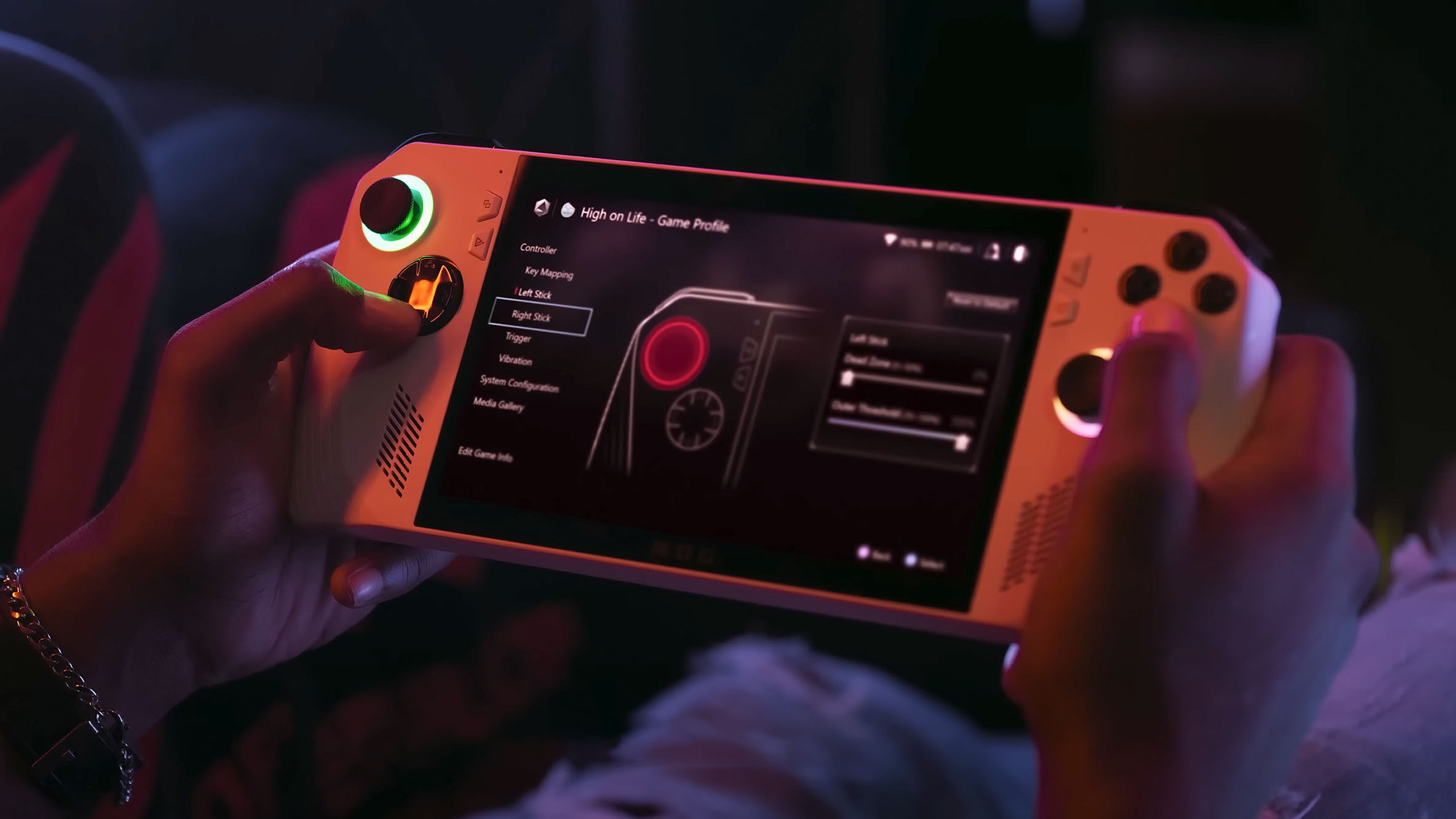
It's always hard to say how good a brand-new device will be based solely on claimed specs. However, if Asus manages to deliver the gaming experience that it claims the ROG Ally offers, then this handheld could very well dominate the on-the-go PC gaming space like nothing ever has before it.
One of the biggest determining factors will be how expensive the ROG Ally is. If Asus can find a good balance between excellent PC gaming performance on the go and a reasonable price tag, this handheld could do very well for itself indeed. It just needs to be able to last for at least four to six hours while delivering consistently smooth gameplay to really seal the deal.
The ROG Ally's biggest draw is the fact that it uses Windows 11 rather than a proprietary operating system. This will make it far easier to access other gaming services and distributors such as the Epic Games Store, NVIDIA GeForce Now, and Xbox Game Pass — and could thus make it the go-to handheld PC Gaming device for many people.
Regardless of how well the ROG Ally does, I'm sure the Steam Deck will continue to be a powerful player in this space simply because Steam is so widely used and tends to be the default place where many people buy most of their PC games. It also helps that Valve offers three different versions of the Steam Deck at different prices to make it more appealing to a wider audience. Still, if the ROG Ally works smoothly and doesn't have any blaring issues, it could be more appealing than the Steam Deck to many gamers.







